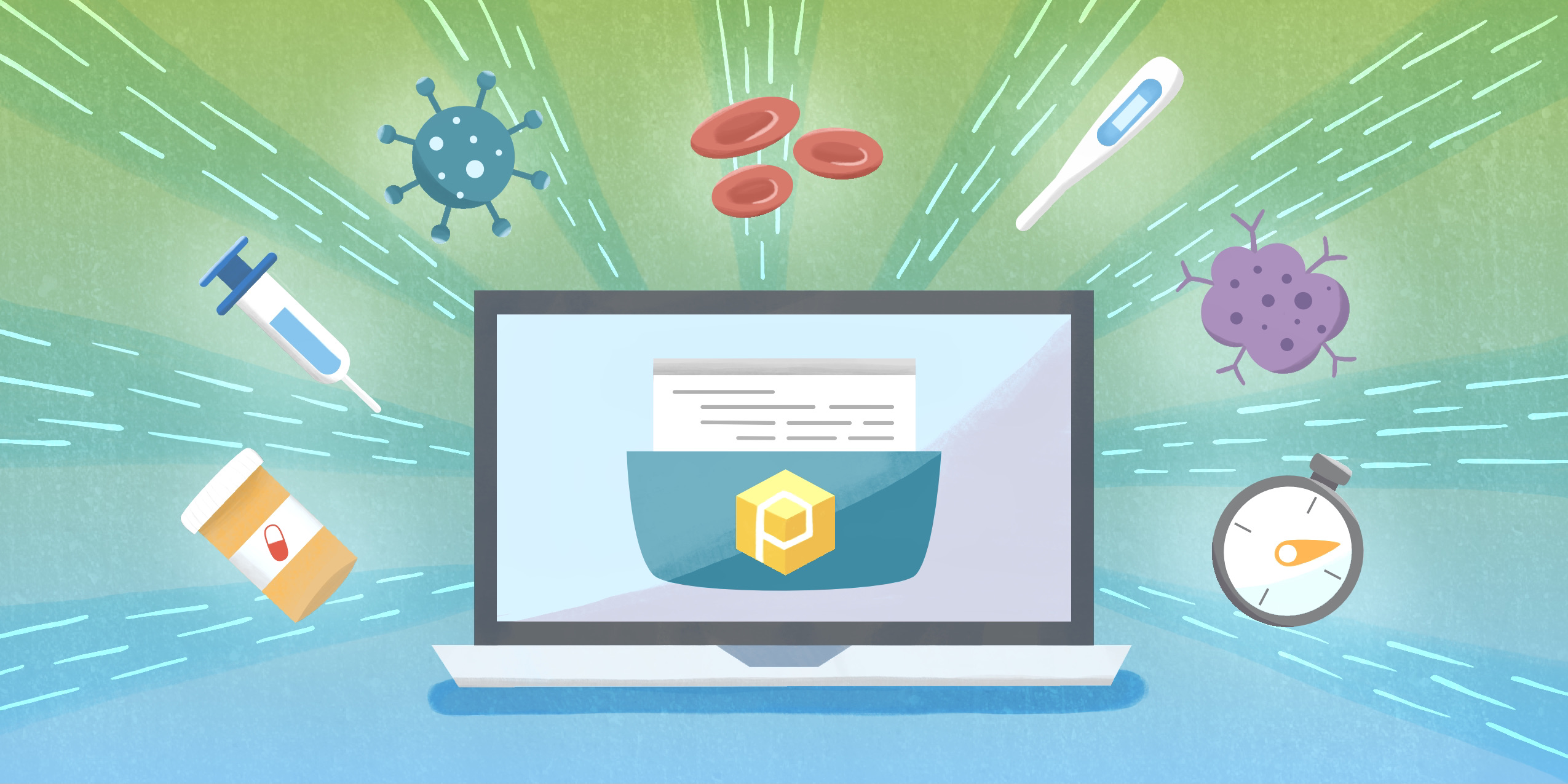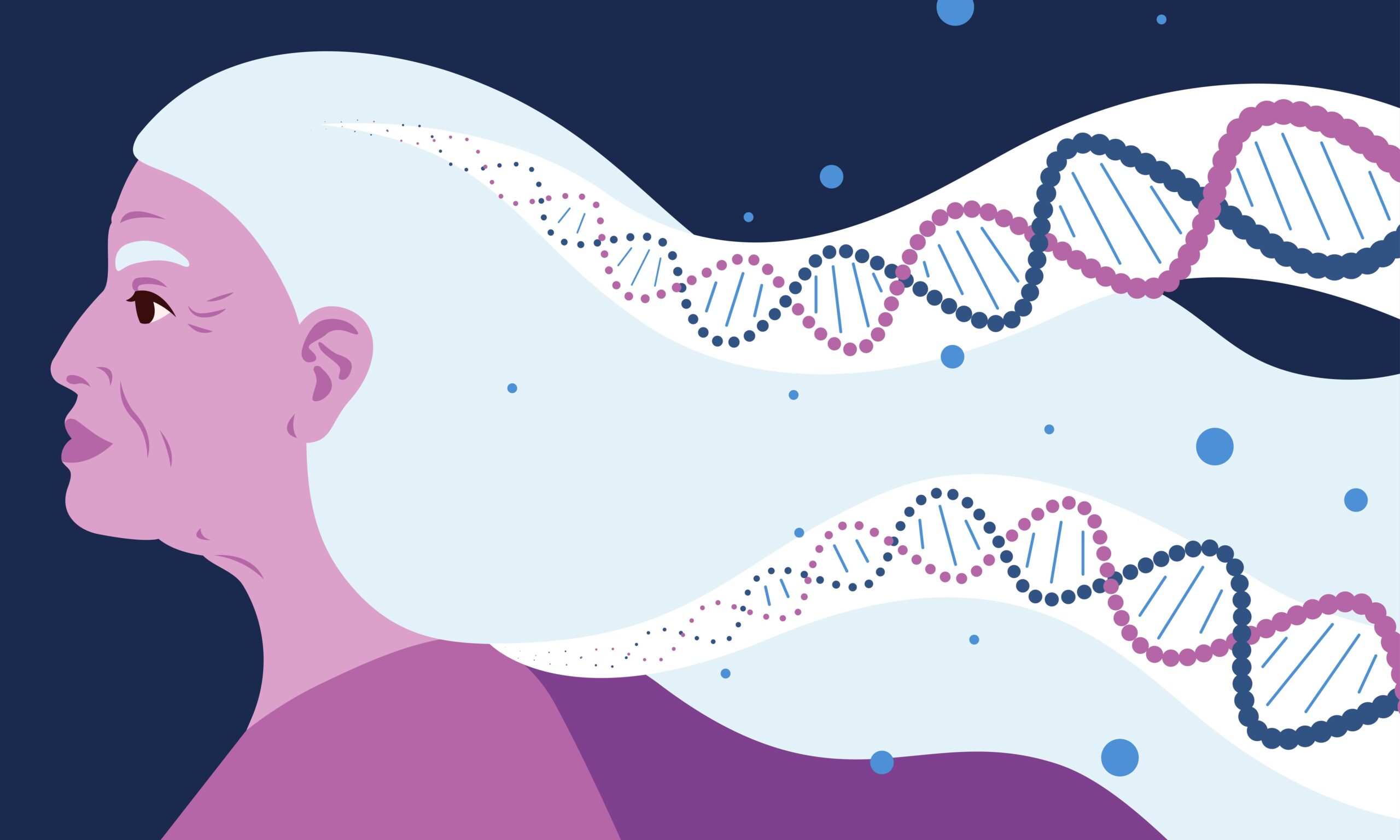About us
Learn how GA4GH helps expand responsible genomic data use to benefit human health.
Learn how GA4GH helps expand responsible genomic data use to benefit human health.
Our Strategic Road Map defines strategies, standards, and policy frameworks to support responsible global use of genomic and related health data.
Discover how a meeting of 50 leaders in genomics and medicine led to an alliance uniting more than 5,000 individuals and organisations to benefit human health.
GA4GH Inc. is a not-for-profit organisation that supports the global GA4GH community.
The GA4GH Council, consisting of the Executive Committee, Strategic Leadership Committee, and Product Steering Committee, guides our collaborative, globe-spanning alliance.
The Funders Forum brings together organisations that offer both financial support and strategic guidance.
The EDI Advisory Group responds to issues raised in the GA4GH community, finding equitable, inclusive ways to build products that benefit diverse groups.
Distributed across a number of Host Institutions, our staff team supports the mission and operations of GA4GH.
Curious who we are? Meet the people and organisations across six continents who make up GA4GH.
More than 500 organisations connected to genomics — in healthcare, research, patient advocacy, industry, and beyond — have signed onto the mission and vision of GA4GH as Organisational Members.
These core Organisational Members are genomic data initiatives that have committed resources to guide GA4GH work and pilot our products.
This subset of Organisational Members whose networks or infrastructure align with GA4GH priorities has made a long-term commitment to engaging with our community.
Local and national organisations assign experts to spend at least 30% of their time building GA4GH products.
Anyone working in genomics and related fields is invited to participate in our inclusive community by creating and using new products.
Wondering what GA4GH does? Learn how we find and overcome challenges to expanding responsible genomic data use for the benefit of human health.
Study Groups define needs. Participants survey the landscape of the genomics and health community and determine whether GA4GH can help.
Work Streams create products. Community members join together to develop technical standards, policy frameworks, and policy tools that overcome hurdles to international genomic data use.
GIF solves problems. Organisations in the forum pilot GA4GH products in real-world situations. Along the way, they troubleshoot products, suggest updates, and flag additional needs.
GIF Projects are community-led initiatives that put GA4GH products into practice in real-world scenarios.
The GIF AMA programme produces events and resources to address implementation questions and challenges.
NIF finds challenges and opportunities in genomics at a global scale. National programmes meet to share best practices, avoid incompatabilities, and help translate genomics into benefits for human health.
Communities of Interest find challenges and opportunities in areas such as rare disease, cancer, and infectious disease. Participants pinpoint real-world problems that would benefit from broad data use.
The Technical Alignment Subcommittee (TASC) supports harmonisation, interoperability, and technical alignment across GA4GH products.
Find out what’s happening with up to the minute meeting schedules for the GA4GH community.
See all our products — always free and open-source. Do you work on cloud genomics, data discovery, user access, data security or regulatory policy and ethics? Need to represent genomic, phenotypic, or clinical data? We’ve got a solution for you.
All GA4GH standards, frameworks, and tools follow the Product Development and Approval Process before being officially adopted.
Learn how other organisations have implemented GA4GH products to solve real-world problems.
Help us transform the future of genomic data use! See how GA4GH can benefit you — whether you’re using our products, writing our standards, subscribing to a newsletter, or more.
Join our community! Explore opportunities to participate in or lead GA4GH activities.
Help create new global standards and frameworks for responsible genomic data use.
Align your organisation with the GA4GH mission and vision.
Want to advance both your career and responsible genomic data sharing at the same time? See our open leadership opportunities.
Join our international team and help us advance genomic data use for the benefit of human health.
Discover current opportunities to engage with GA4GH. Share feedback on our products, apply for volunteer leadership roles, and contribute your expertise to shape the future of genomic data sharing.
Solve real problems by aligning your organisation with the world’s genomics standards. We offer software dvelopers both customisable and out-of-the-box solutions to help you get started.
Learn more about upcoming GA4GH events. See reports and recordings from our past events.
Speak directly to the global genomics and health community while supporting GA4GH strategy.
Be the first to hear about the latest GA4GH products, upcoming meetings, new initiatives, and more.
Questions? We would love to hear from you.
Read news, stories, and insights from the forefront of genomic and clinical data use.
Publishes regular briefs exploring laws and regulations, including data protection laws, that impact genomic and related health data sharing
Translates findings from studies on public attitudes towards genomic data sharing into short blog posts, with a particular focus on policy implications
Attend an upcoming GA4GH event, or view meeting reports from past events.
See new projects, updates, and calls for support from the Work Streams.
Read academic papers coauthored by GA4GH contributors.
Listen to our podcast OmicsXchange, featuring discussions from leaders in the world of genomics, health, and data sharing.
Check out our videos, then subscribe to our YouTube channel for more content.
View the latest GA4GH updates, Genomics and Health News, Implementation Notes, GDPR Briefs, and more.
2 Feb 2022
To expand its utility, the Phenopackets development team has now released Phenopackets v2.0.

Healthcare systems capture vital clinical information, such as a patient’s disease symptoms, observable characteristics, and demographic data. Improving patient care and clinical outcomes rely on the ability to standardize and share this information, along with its corresponding genomic data.
First approved in 2019, the GA4GH Phenopackets standard offers a human and machine-readable way to structure phenotypic data about a patient or individual. This information can then be shared across clinical and research environments or used for computational analyses.
To expand the utility of the standard, the Phenopackets development team has now released Phenopackets v2.0. Originally developed for the rare disease use case, version two enables better representation of cancer and common disease as well. As software becomes an increasingly powerful tool in genomic medicine, the team aims to unite genomic and phenotypic data for analysis across research and healthcare—a concept further discussed in the team’s preprint, “The GA4GH Phenopacket schema: A computable representation of clinical data for precision medicine.”
“Phenopackets is a community-driven standard,” said Melissa Haendel, co-lead of the Clinical and Phenotypic Data Capture Work Stream, Chief Research Informatics Officer at the University of Colorado Anschutz Medical Campus, and Principal Investigator on the NHGRI Phenomics First program funding Phenopackets. “We hope Phenopackets can play a role in bridging the research and clinical spaces and deliver on the promise of personalized healthcare.”
Phenopackets v2.0 includes the addition of three new elements, allowing the capture and sharing of a much more complete medical picture:
“The new Measurements, Medical Actions, and Time Element fields enable capturing patient information around common disease and cancer in a much more precise and expressive manner than with v1.0,” said Jules Jacobsen, co-lead of the Phenopackets development team and senior software developer at the Queen Mary University of London. “These changes are especially beneficial for modeling time-courses, for example of disease progression and response to therapeutic regimens. They also enable greater interoperability with clinical data models such as the Observational Medical Outcomes Partnership (OMOP) Common Data Model.”
Núria Queralt Rosinach, a contributor on the GA4GH Clinical and Phenotypic Data Capture Work Stream, member of the European Joint Programme on Rare Diseases (EJP RD) Driver Project, and researcher at Leiden University Medical Center, stated, “Quantitative phenotypes such as clinical measurements are of paramount importance to monitor the health status of patients. For instance, following cytokine levels over time to characterize the immune-response of patients during the disease course can aid clinicians on prognosis and intervention decision-making in cases such as COVID-19.”
Through a COVID-19 BioHackathon and further discussions at Phenopackets meetings, Rosinach’s team proposed the new Measurements element—an example of the value of open, community-driven, and collaborative science within the GA4GH community.
To cater to better cancer diagnostics, the Phenopackets team collaborated with ICGC-ARGO, an international organization leveraging genomics to accelerate cancer research, and mCODE, an initiative aiming to create a common cancer data model, to add cancer-relevant fields, ensuring utility of the standard to the cancer community.
Another major goal of version 2.0 is aligning with other standards. To that end, Phenopackets v2.0 integrates the Variation Representation Specification (VRS) and VRSATILE—related technical products developed by the GA4GH Genomic Knowledge Standards Work Stream that aim to standardize the exchange of genetic variation data. This integration serves to reorganize Phenopackets’ previous interpretation elements to better support semantics for rare disease and cancer variant interpretation.
“By collaborating with the VRS team, we have an integrated and sophisticated model for the two most important domains in diagnostic genomics—genotype and phenotype—now all using GA4GH standards,” said Peter Robinson, co-lead of the Phenopackets development team and professor of computational biology at the Jackson Laboratories.
“Integrating VRS and Phenopackets is a key advancement that unites two GA4GH standards designed under different messaging frameworks,” continued Alex Wagner, co-lead of VRS and Assistant Professor at the Institute for Genomic Medicine at Nationwide Children’s Hospital. “We should always strive to integrate GA4GH standards where appropriate, as this greatly improves interoperability between downstream tools and processes that leverage these standards.”
To further interoperability efforts with other standards in the community, the team is developing a Phenopackets-FHIR Implementation Guide to ensure compatibility with Fast Healthcare Interoperability Resource (FHIR) HL7—a widely-adopted standard for exchanging electronic health records.
The team has also brought Phenopackets to the International Organization for Standardization (ISO) Technical Sub-Committee for Genomics Informatics (ISO TC/21/SC1). This global collaboration aims to support Phenopackets by making standardized phenotypic information more broadly available and supporting even more use cases around the world.
